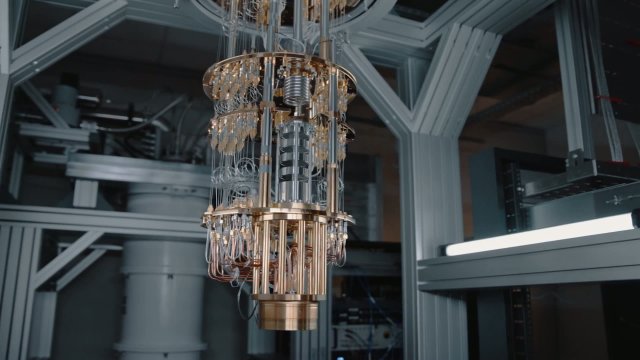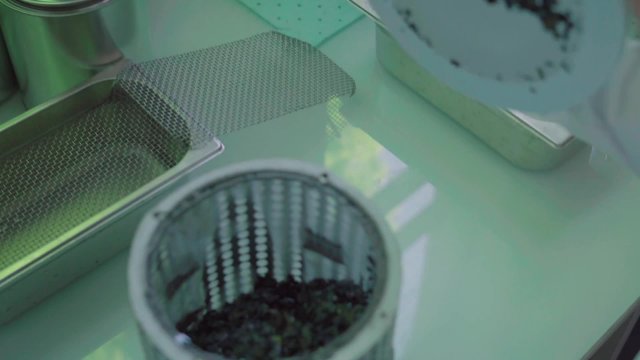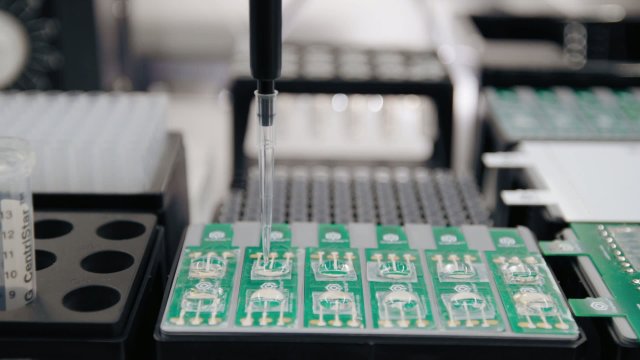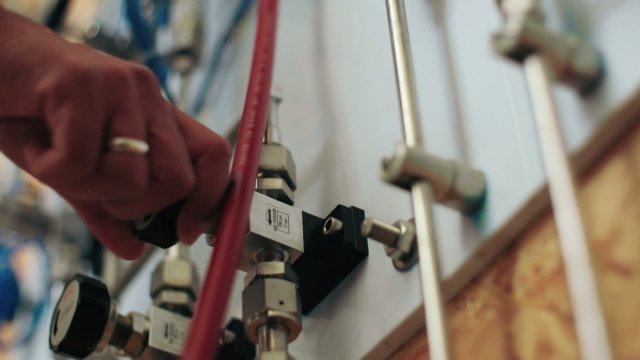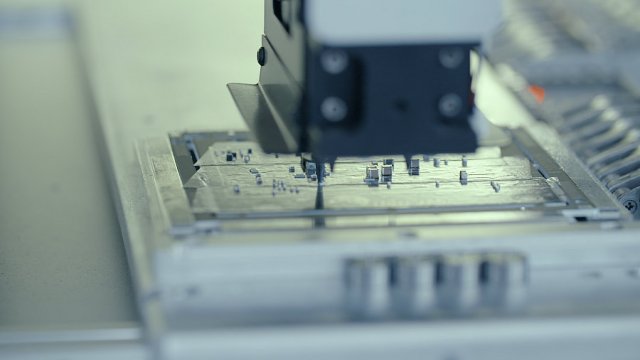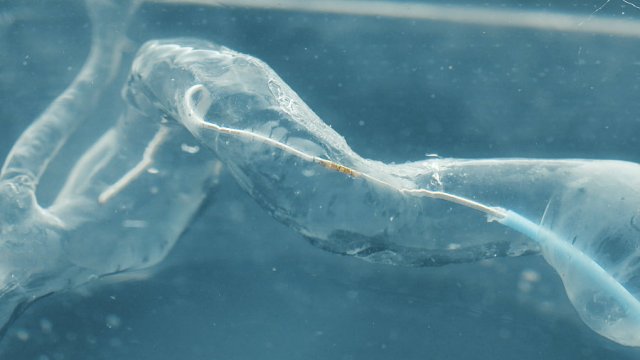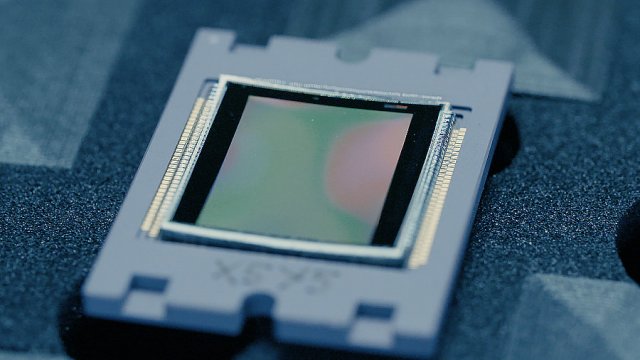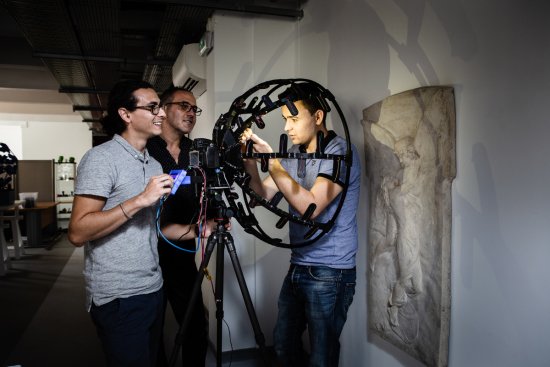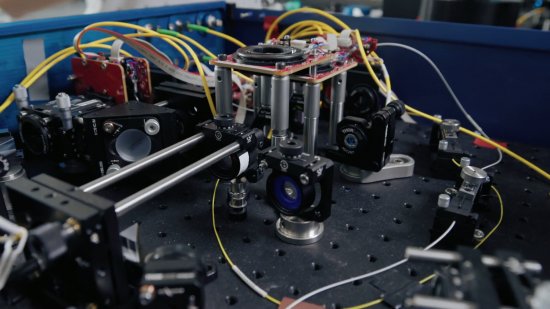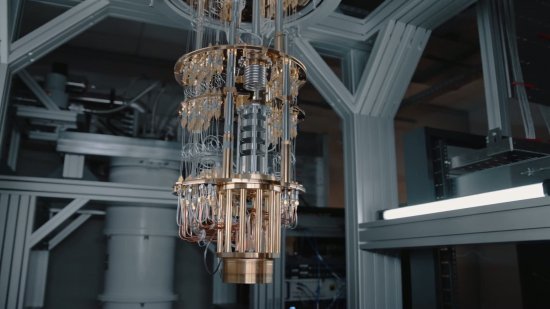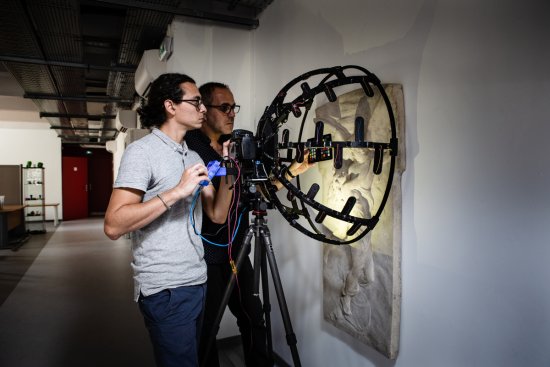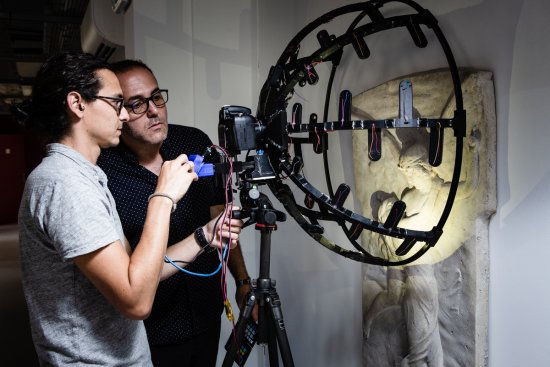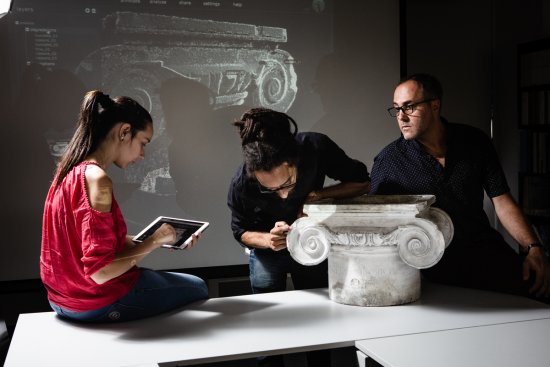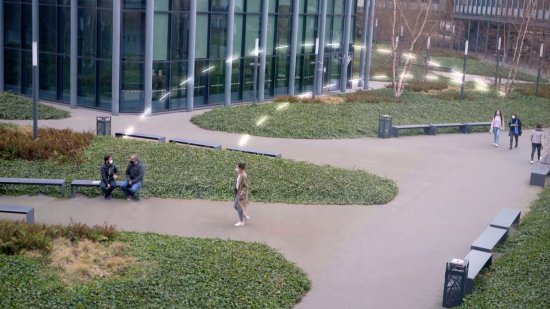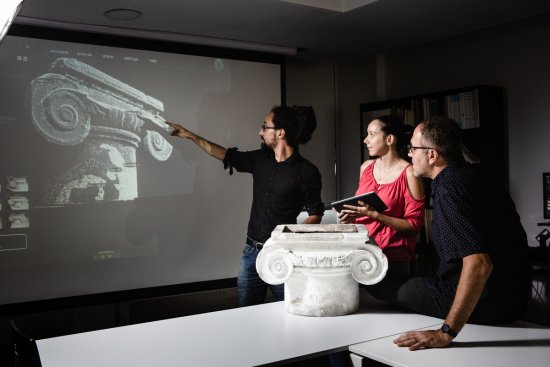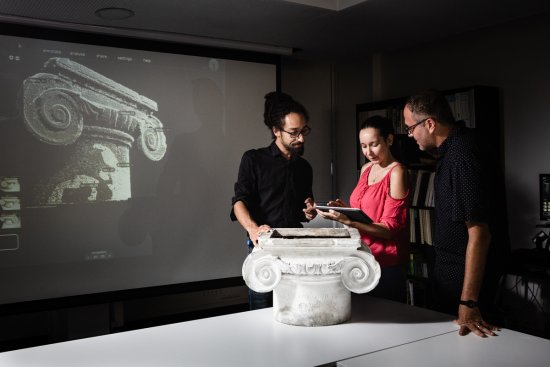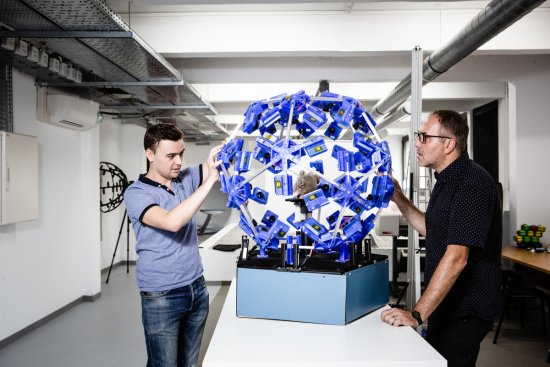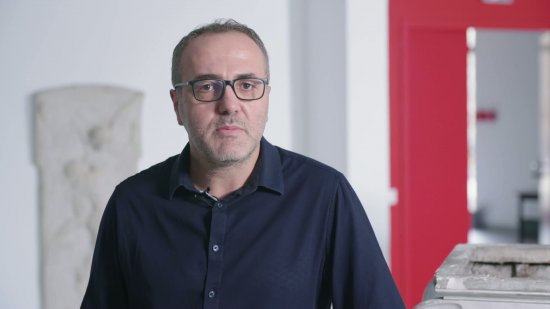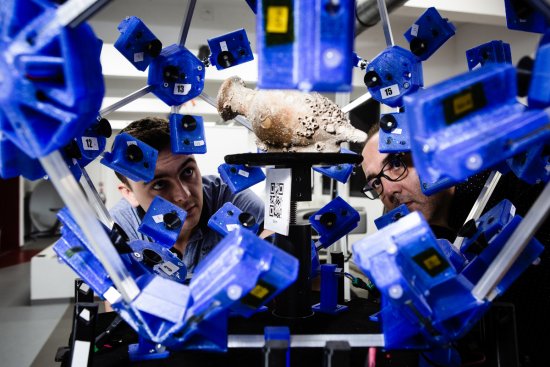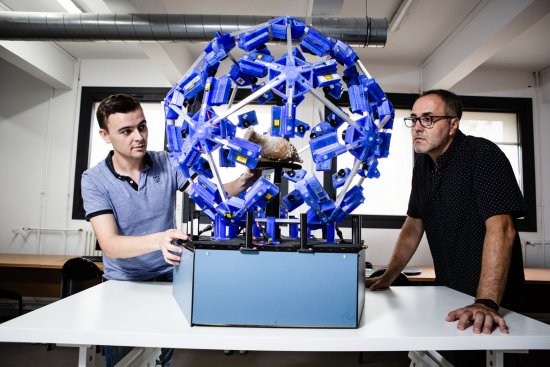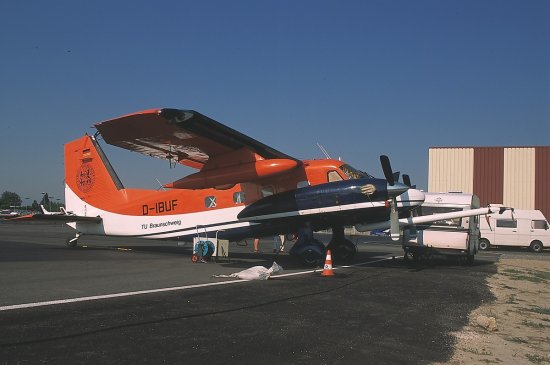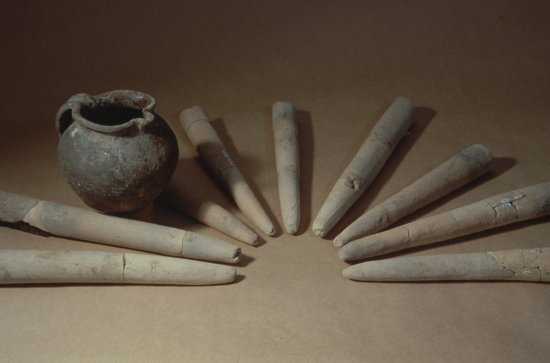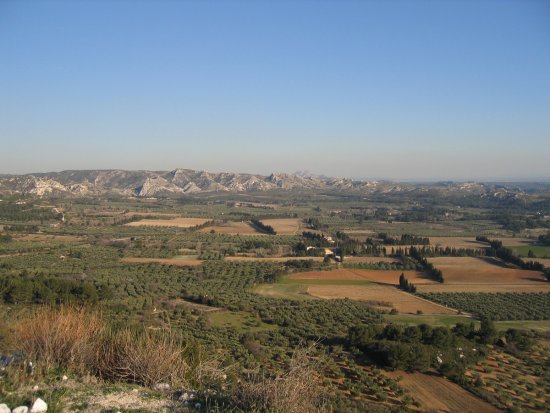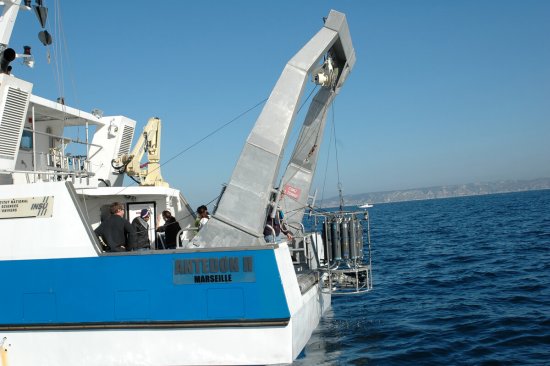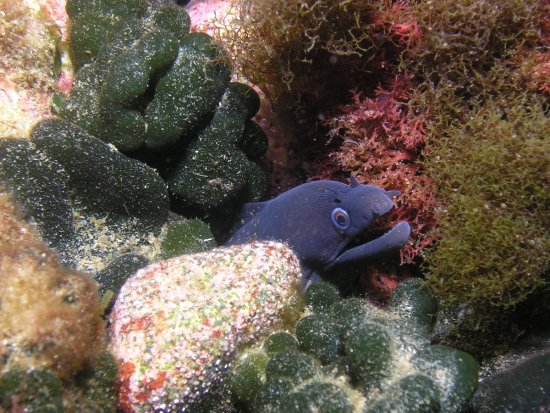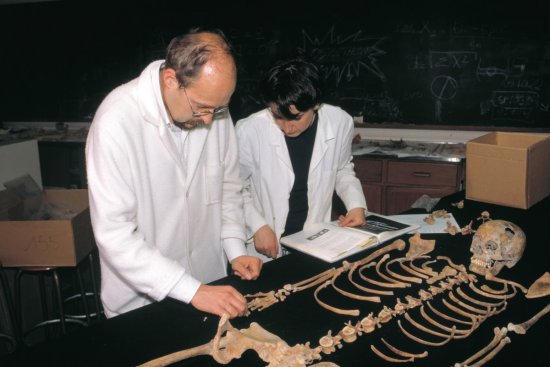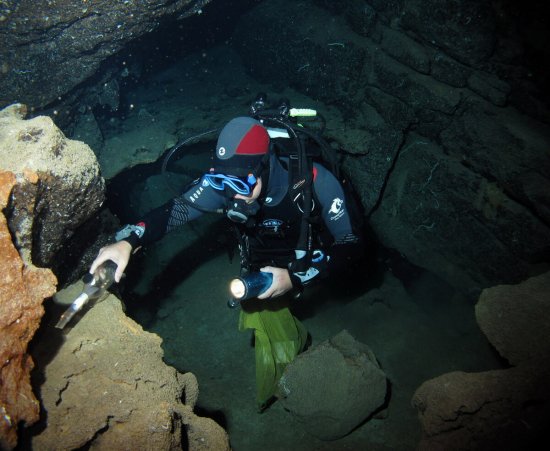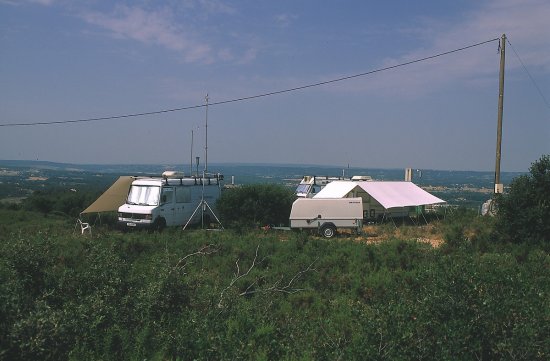Only available for non-commercial distribution
© CNRS - 2019
Reference
6742
Mercurio
Series title
De la recherche fondamentale à la deeptechA spin-off of the Models and Simulations for Architecture and Heritage laboratory (CNRS/Ministère de la Culture), the start-up Mercurio proposes a scanner to quickly and autonomously create realistic 3D models of art objects of all sizes, ranging from a vase to a sculpture. A new way to enhance museum collections.
Duration
Production year
Définition
Color
Sound
Version(s)
Original material
The use of media visible on the CNRS Images Platform can be granted on request. Any reproduction or representation is forbidden without prior authorization from CNRS Images (except for resources under Creative Commons license).
No modification of an image may be made without the prior consent of CNRS Images.
No use of an image for advertising purposes or distribution to a third party may be made without the prior agreement of CNRS Images.
For more information, please consult our general conditions
Transcription
Title over images:
Mercurio, digitalising 3-D artworks
A sphere for automatically digitalising an artwork in
three dimensions.
Eloi Gattet
former CNRS research engineer and
founder of Mercurio SAS Marseille in 2018
Interview:
We call it Mercurio because it looks like a mercury
molecule which also links it to the planet. The
machine is portable and modular, It can be reduced
or expand according to the object's size
Subtitles over images:
The optical sensors and lights on Mercurio
represent a unique combination enabling the
automatic acquisition of the optical properties of an
object.
Interview:
With Mercurio you can vary the light intensity so as
to accentuate hitherto invisible details. Using the
screen and it's mass of information it's as if you
clutched the object in your hands.
subtitles over images :
Mercurio offers :
- a portable, multidimensional, automatic digitaliser
- adapts to specific needs for museums, artists and
art dealers.
Interview:
We are trying to promote 3D technology and the
access to it.

